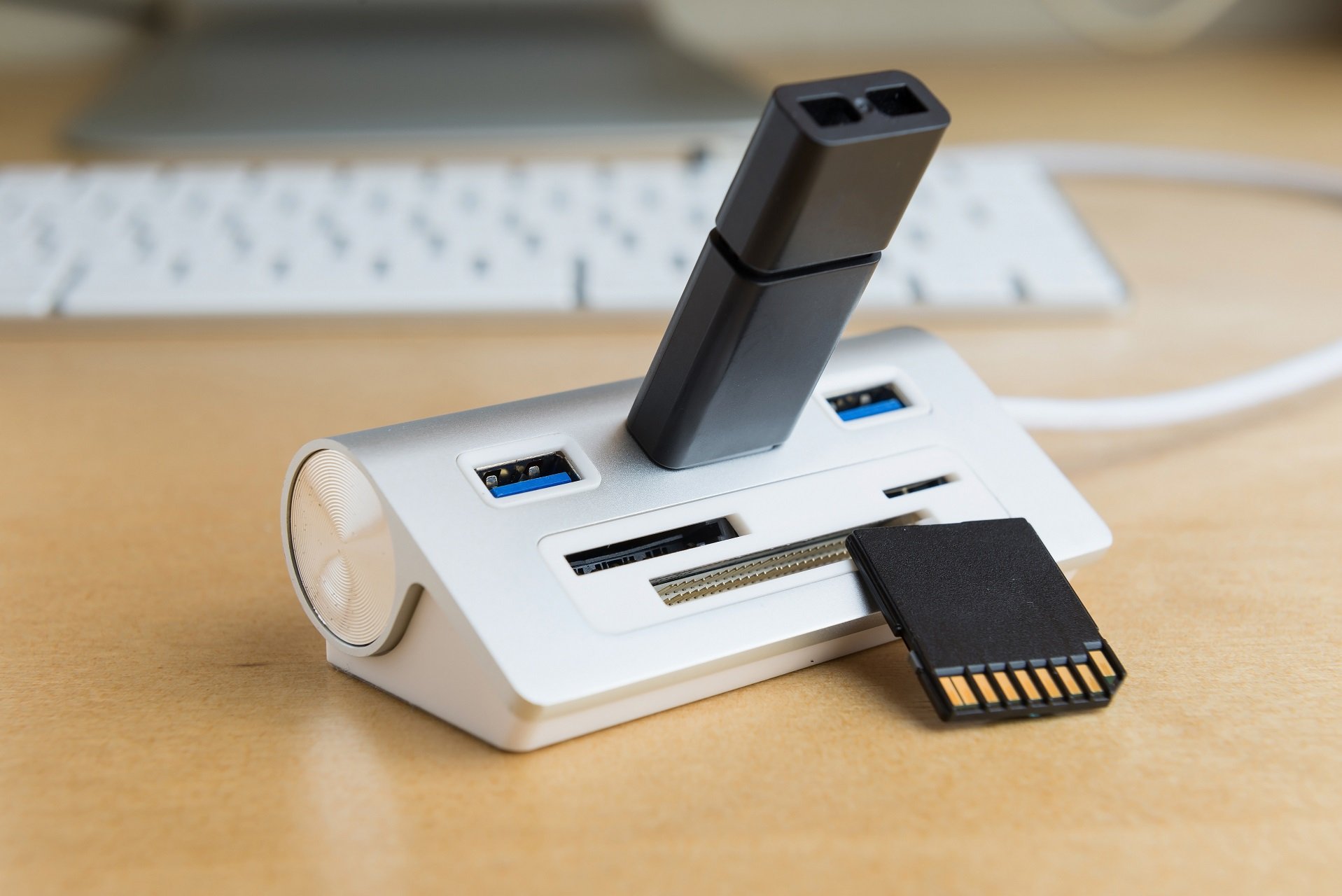
This works best if you do not have the Windows 10 ISO on your PC. My colleague Wayne Williams has explained how you can do this in this article. The official method involves using the aforementioned dedicated tool to download the necessary files from Microsoft's servers and create the installation media. There are a couple of ways you can create a bootable Windows 10 USB Drive. Otherwise the key you have entered may not be seen as valid during the setup phase. If you have a valid Windows 7 or Windows 8.1 license you will first have to upgrade to Windows 10, in order to perform a clean install, from a bootable USB drive, later. And, in order to actually get the latest operating system up and running on your device, you will also need a valid Windows 10 product key.


In order to create the bootable Windows 10 USB drive, you also need a Windows PC and an archiving tool like 7-Zip or WinRAR if you do not yet have one installed. You may also be able to download it directly from this page, or MSDN. Get this version for the 32-bit Windows 10 or this version for the 64-bit Windows 10. You will also need a Windows 10 ISO, which can be downloaded from Microsoft's servers using the dedicated tool that Microsoft has released (more on it in the section below). Alternatively, you can use a microSD or SD card, which works just as well based on my experience. Keep in mind that, no matter which path you take, all the files on the USB drive will be erased, so make sure to back everything up. The minimum capacity is 4 GB, and I recommend using a drive that is decently fast, so the time it takes to complete the whole process is minimized.


 0 kommentar(er)
0 kommentar(er)
